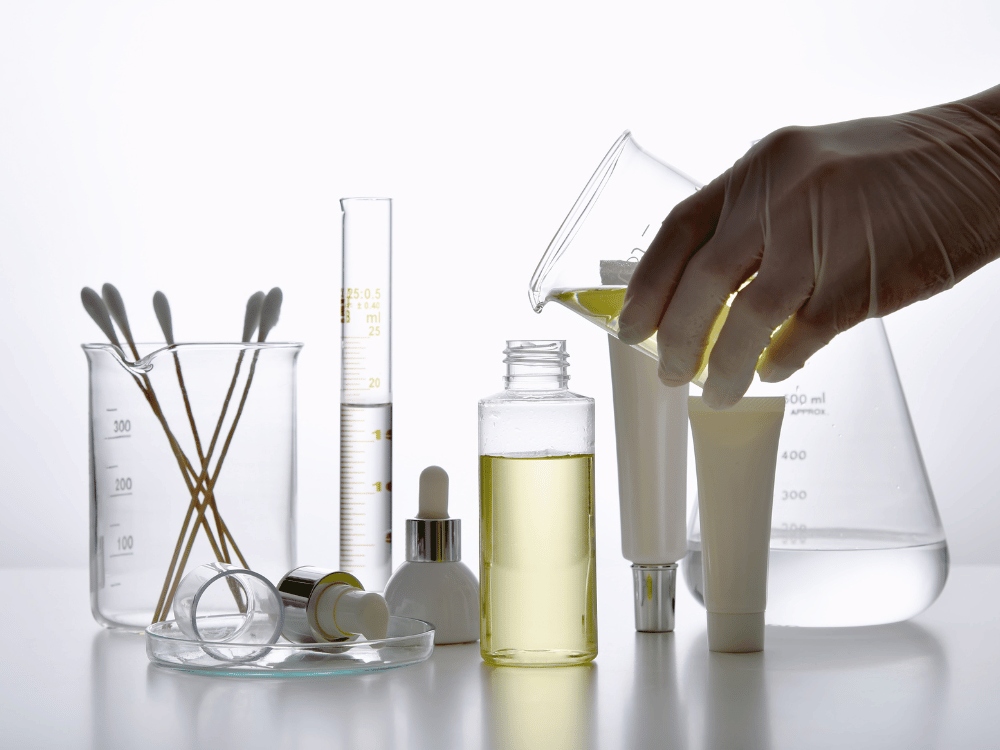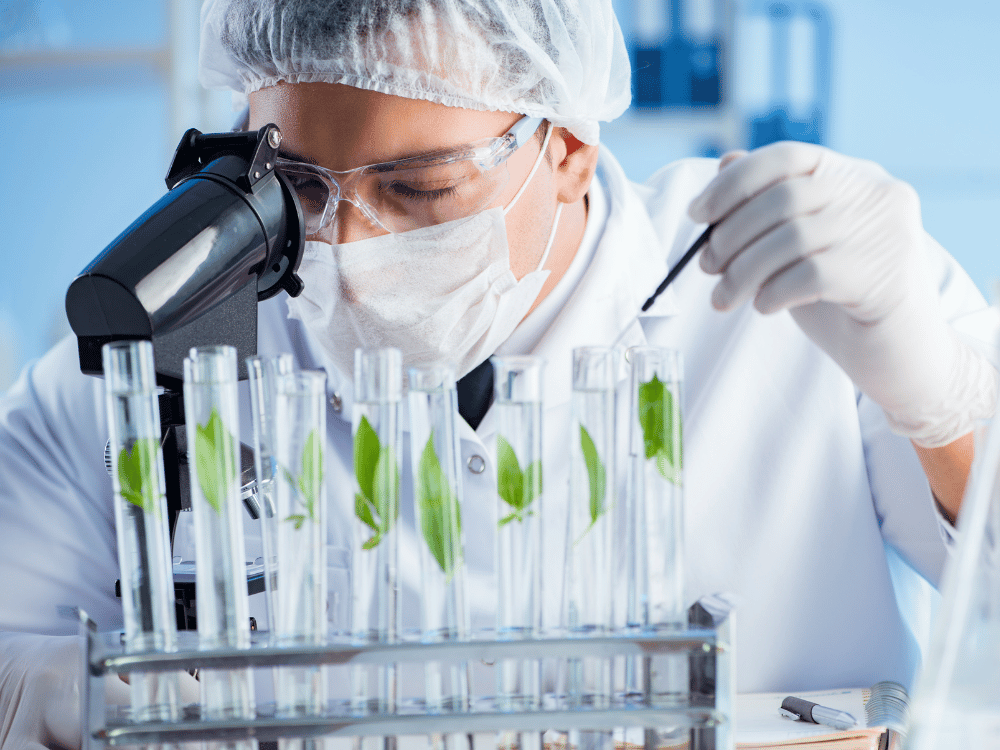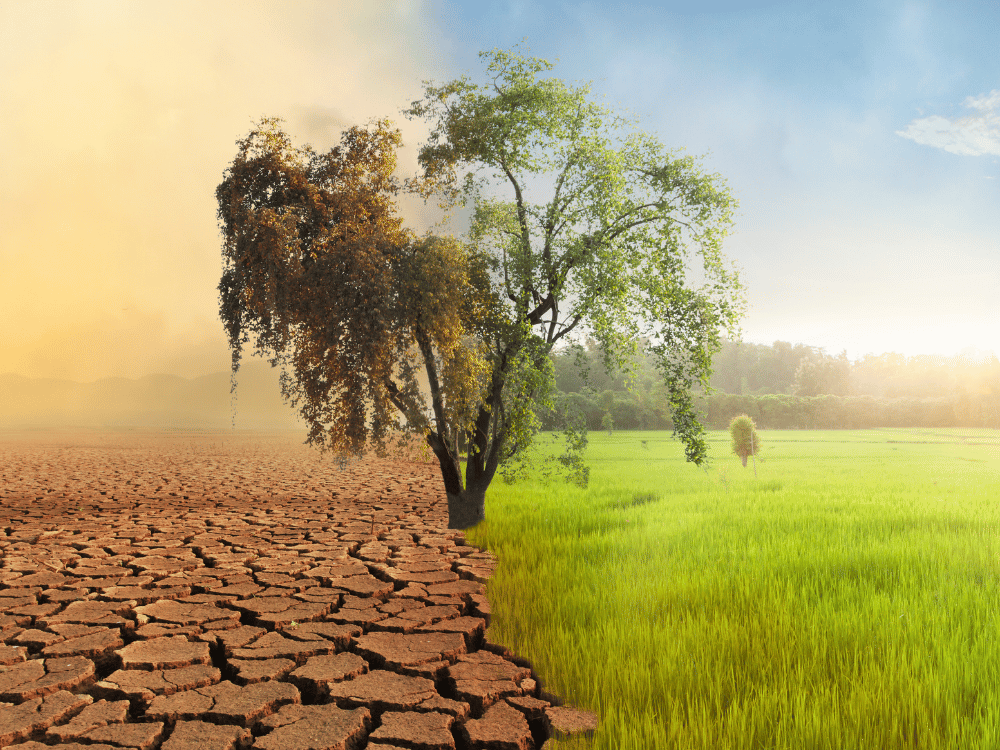Are you concerned about what lurks in your drinking water? The answer might surprise you. Pharmaceutical drugs have been found in drinking water supplies in both the United States and Europe. Studies have shown that pharmaceuticals, including antibiotics, hormones, and antidepressants, are detected in US drinking water supplies. These contaminants can harm human health, especially for vulnerable populations such as pregnant women and young children. Pharmaceuticals are present in anywhere from 2.3% to 60% of domestic or public-supply wells in the United States.
Increasing Presence of Pharmaceuticals in Water
Pharmaceuticals are discharged into our environment through sewage, wastewater, and agricultural runoff. These contaminants then enter our water supplies and are consumed. Studies have shown that pharmaceuticals can be found in drinking water in both low and high concentrations. Drugs such as antibiotics, hormones, antidepressants, and painkillers have been found in drinking water supplies in different parts of the world. The extent of these concentrations can vary, depending on the source and level of contamination.
Available studies report that drug concentrations in surface waters, groundwater, and partially treated water are typically less than 0.1 µg/l (or 100 ng/l), and concentrations in treated water are generally below 0.05 µg/l (or 50 ng/l). Despite these low concentrations, the presence of pharmaceuticals in drinking water raises concerns about potential health risks and water treatment regulations effectiveness.

Sources of Pharmaceuticals in Water
- Wastewater Treatment Plants (WWTPs): Pharmaceuticals are released from 24 WWTPs across the country without specific discharge filters. Released waters from these WWTPs are discharged into streams where pharmaceuticals are detected downstream, even as far as 30 kilometers from a plant’s outfall.
- Livestock Industry: The livestock industry uses antibiotics and drugs, contributing to pharmaceutical pollution. USGS studies have found pharmaceuticals such as acetaminophen, caffeine, cotinine, diphenhydramine, and carbamazepine in streams receiving runoff from animal-feeding operations.
- Human Waste: Pharmaceuticals enter streams from human waste. Many drugs taken internally are not fully metabolized and are excreted in urine or feces, ending up in wastewater. This wastewater, often not fully treated for pharmaceuticals, contaminates streams miles downstream from treatment plants.
- Healthcare Institutions: Hospitals and nursing homes contribute to pharmaceutical water pollution. Hospitals typically return unused drugs for disposal, while nursing homes often flush medications down the drain, particularly opioid painkillers after a patient’s death or transfer.
- Drug Manufacturing Plants: Some factories discharge higher levels of pharmaceuticals into water. A U.S. Geological Survey study found contamination levels downstream from two drug manufacturing plants in New York State were 10 to 1,000 times higher than those at comparable facilities.
- Agriculture: Large-scale poultry and livestock operations generate 2 trillion pounds of animal waste annually, containing hormones and antibiotics that can leach into groundwater.
- Individual Use: Drugs used as creams or lotions can wash off into water systems, adding to pollution. An individual using testosterone cream can put as much testosterone into the water as 300 men excreting naturally.

Pharmaceuticals in Drinking Water
Pharmaceuticals have been found in the drinking water supplies of at least 41 million Americans. Key findings include:
- Anti-epileptic and anti-anxiety medications detected in treated drinking water for 18.5 million people in Southern California.
- Sex hormones found in San Francisco’s drinking water.
- Six pharmaceuticals detected in Washington, D.C.’s drinking water.
- Three medications, including an antibiotic, found in Tucson’s drinking water.
- Trace concentrations of various drugs found in New York City’s water source.
Contamination is not confined to the United States. More than 100 pharmaceuticals have been detected in lakes, rivers, reservoirs, and streams worldwide. Studies have detected pharmaceuticals in waters throughout Asia, Australia, Canada, and Europe, even in Swiss lakes and the North Sea.

Health Risks and Environmental Impact
The effects of pharmaceuticals in drinking water can range from mild to severe. Depending on the type of drug, there can be potential risks to human health:
- Antibiotics: Can cause bacterial resistance.
- Hormones: Can disrupt the endocrine system.
- Painkillers: Can cause dizziness and nausea.
Minimizing Pharmaceutical Risk in Drinking Water
To minimize pharmaceutical risk in drinking water, it is essential to ensure proper wastewater treatment before discharge into the environment and manage agricultural runoff. The WHO Guidelines for Drinking-water Quality emphasize a comprehensive risk assessment and risk management approach that encompasses all steps in the water supply from catchment to consumer.
Methods to Remove Pharmaceuticals from Water:
- Advanced Oxidation Processes (AOPs): Use chemicals or light to break down pharmaceutical compounds in water (e.g., ozone treatment, ultraviolet radiation, hydrogen peroxide).
- Activated Carbon Adsorption: Absorbs pollutants, including pharmaceuticals, from water using porous carbon materials.
- Reverse Osmosis: Removes dissolved solids, including pharmaceuticals, by forcing water through a semi-permeable membrane under high pressure.

The Life Sciences Reverse Osmosis New 2024 System
A standout among filtration methods, the Life Sciences Reverse Osmosis New 2024 System introduces revolutionary “Tankless Technology.” This system incorporates the highly effective Reverse Osmosis mechanism for microplastic, pharmaceuticals removal but also addresses common concerns associated with RO systems. Post-filtration, it reintegrates essential alkaline minerals into the water, ensuring a mineral-rich and healthful end product. What sets this system apart is its five internal filters, featuring the Advanced Carbon Filter media, holding both NSF/ANSI 42 and NSF/ANSI 61 Certifications, emphasizing its quality and ability to significantly reduce contaminants..
Reducing the Pharmaceutical Footprint
- Proper Disposal: Dispose of unused or expired medications responsibly to prevent environmental harm. Avoid flushing medications down the drain.
- Efficient Production: Pharmaceutical companies can adopt energy-efficient manufacturing methods, reduce waste, and use sustainable packaging.
- Greener Healthcare: Healthcare providers can promote healthier lifestyles, reducing medication needs, and prescribe environmentally friendly medications.
- Collaboration: Encourage collaboration between pharmaceutical companies, healthcare providers, and policymakers to find innovative solutions for reducing the pharmaceutical footprint.
Conclusion
It is imperative to understand the potential risks associated with pharmaceuticals in drinking water. While not as visible as other pollutants, they still threaten human health. Although it can be challenging to eliminate pharmaceuticals from drinking water completely, we should strive to reduce our environmental footprint. We should also ensure water safety. By working together and taking proactive measures, we can protect our communities and ensure access to clean and safe drinking water for generations to come.
